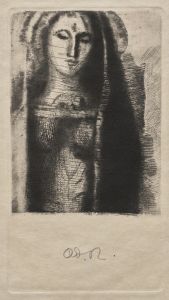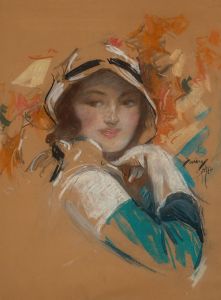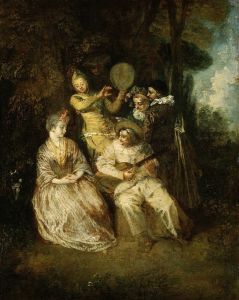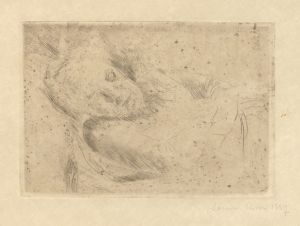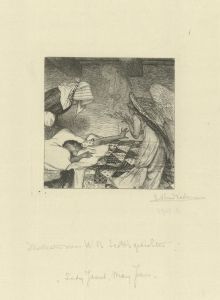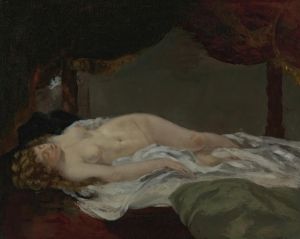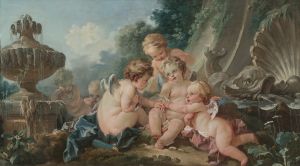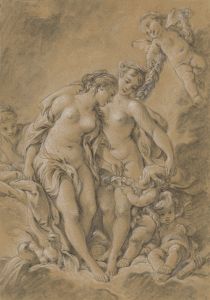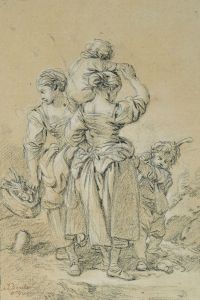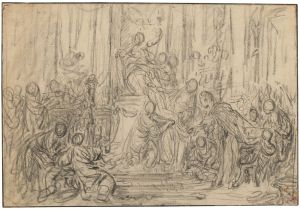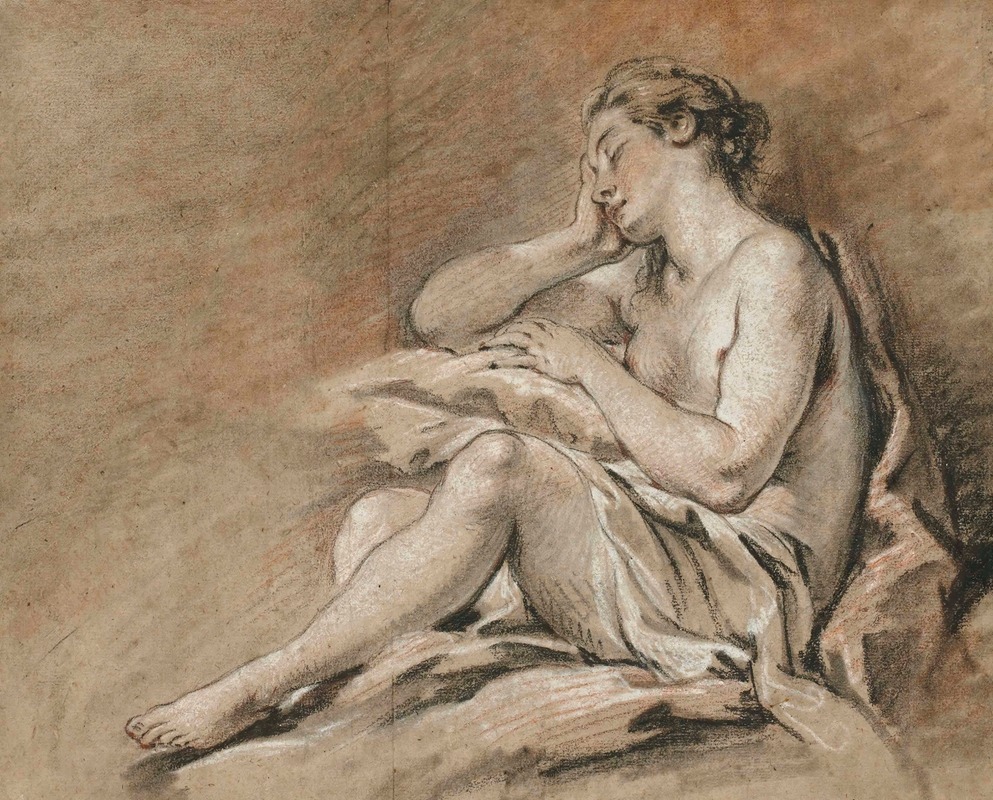
Etude de jeune femme endormie
A hand-painted replica of François Boucher’s masterpiece Etude de jeune femme endormie, meticulously crafted by professional artists to capture the true essence of the original. Each piece is created with museum-quality canvas and rare mineral pigments, carefully painted by experienced artists with delicate brushstrokes and rich, layered colors to perfectly recreate the texture of the original artwork. Unlike machine-printed reproductions, this hand-painted version brings the painting to life, infused with the artist’s emotions and skill in every stroke. Whether for personal collection or home decoration, it instantly elevates the artistic atmosphere of any space.
François Boucher's Étude de jeune femme endormie (Study of a Young Sleeping Woman) is a work attributed to the celebrated French Rococo artist François Boucher (1703–1770). Boucher was known for his mastery in depicting idyllic and sensual scenes, often featuring mythological subjects, pastoral landscapes, and intimate portrayals of women. This particular piece is a study, likely created as a preparatory work or an independent exploration of form and composition.
The artwork depicts a young woman in a state of repose, her body relaxed and her features serene. The subject is rendered with delicate attention to detail, showcasing Boucher's skill in capturing the softness of human flesh and the subtleties of light and shadow. The pose of the figure, with her head resting and her body partially reclined, conveys a sense of tranquility and intimacy. The study is executed with a lightness of touch, characteristic of Boucher's draftsmanship, and may have been created using chalk, pencil, or a combination of mediums on paper.
As with many of Boucher's works, this study reflects the Rococo aesthetic, which emphasized elegance, charm, and a certain playful sensuality. The focus on a sleeping figure aligns with the period's fascination with private, unguarded moments, often idealized in art. Such studies were common in Boucher's practice, as he frequently sketched figures to refine his compositions or to explore poses and expressions for larger works.
The exact date of creation for Étude de jeune femme endormie is not definitively documented, but it likely falls within the mid-18th century, during the height of Boucher's career. At this time, he was serving as the First Painter to King Louis XV and was a favorite artist of Madame de Pompadour, the king's influential mistress and a significant patron of the arts. Boucher's prolific output during this period included paintings, drawings, and designs for tapestries and decorative arts.
The current location of Étude de jeune femme endormie is not specified in widely available sources, and it is unclear whether the piece is held in a public collection, a private collection, or remains part of an archive of studies attributed to Boucher. As a study, it may not have been intended for public display but rather served as a tool for the artist's creative process.
This work exemplifies Boucher's ability to capture the delicate beauty of the human form and his contribution to the Rococo movement, which celebrated refinement and the pleasures of life. While not as widely recognized as some of his larger, more elaborate compositions, Étude de jeune femme endormie offers insight into the artist's working methods and his enduring fascination with the human figure.






